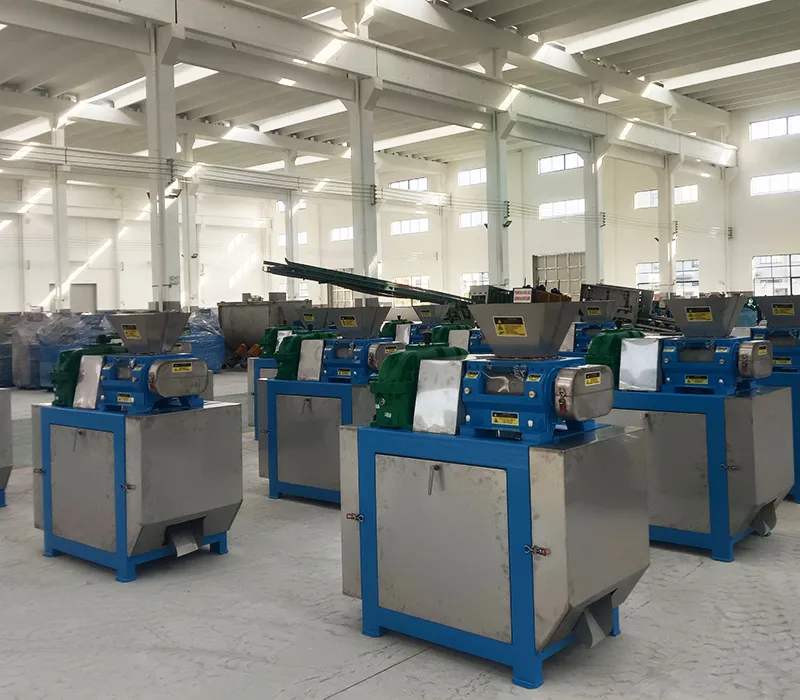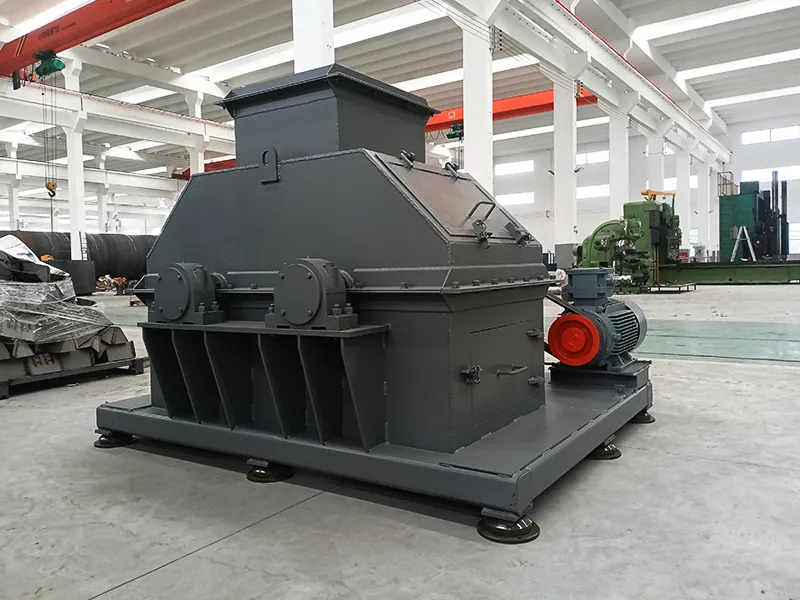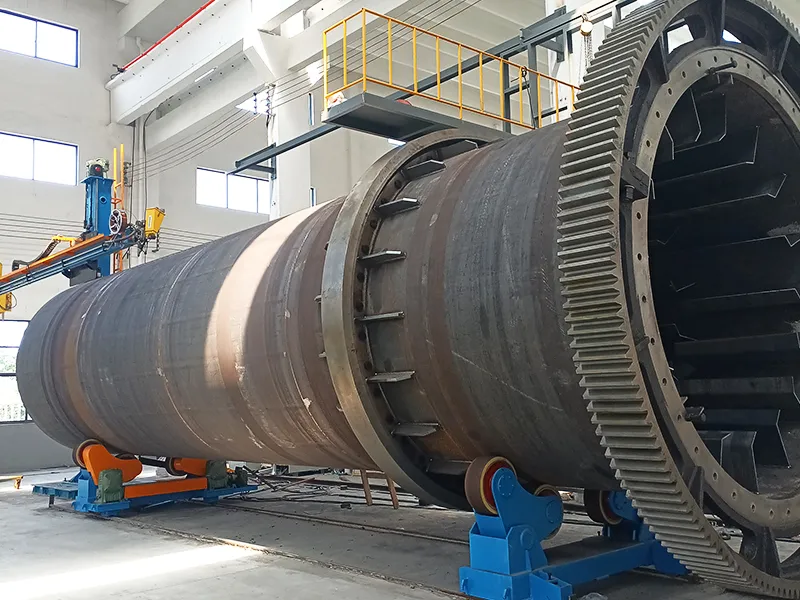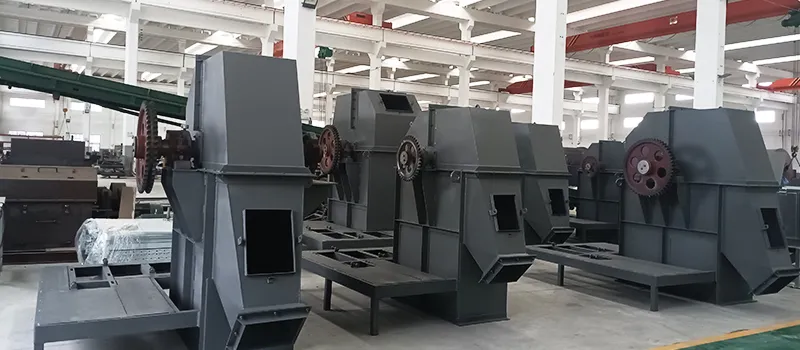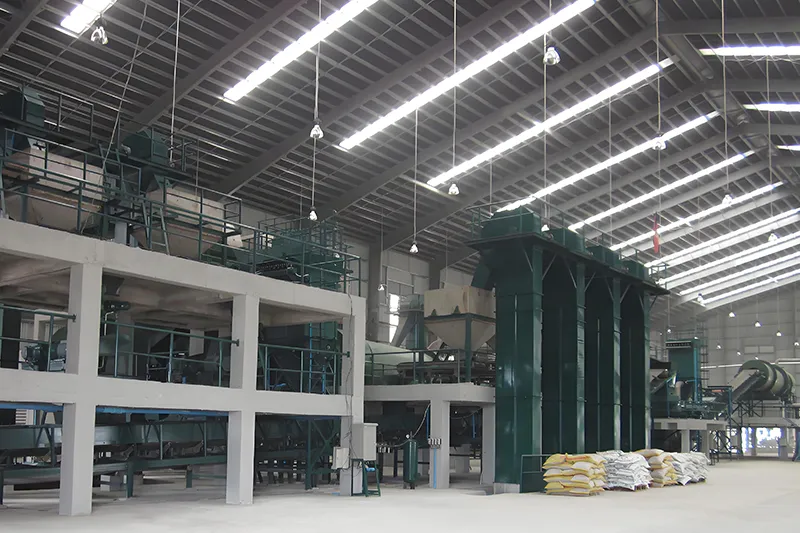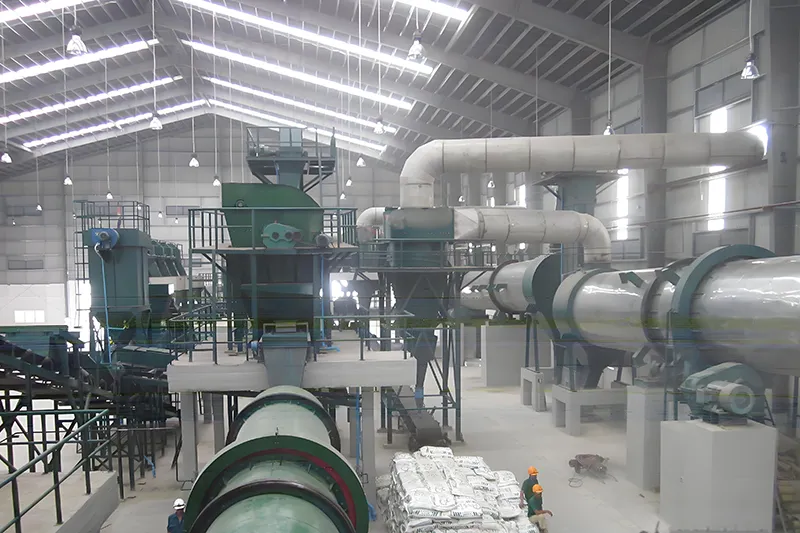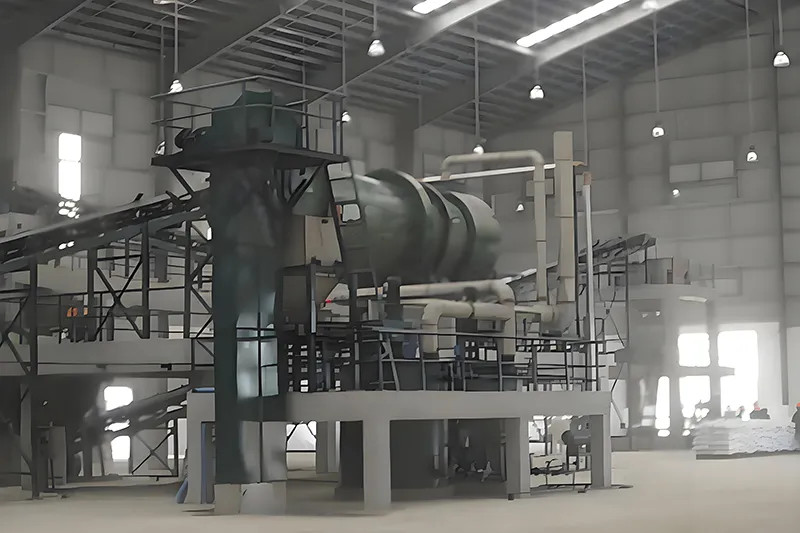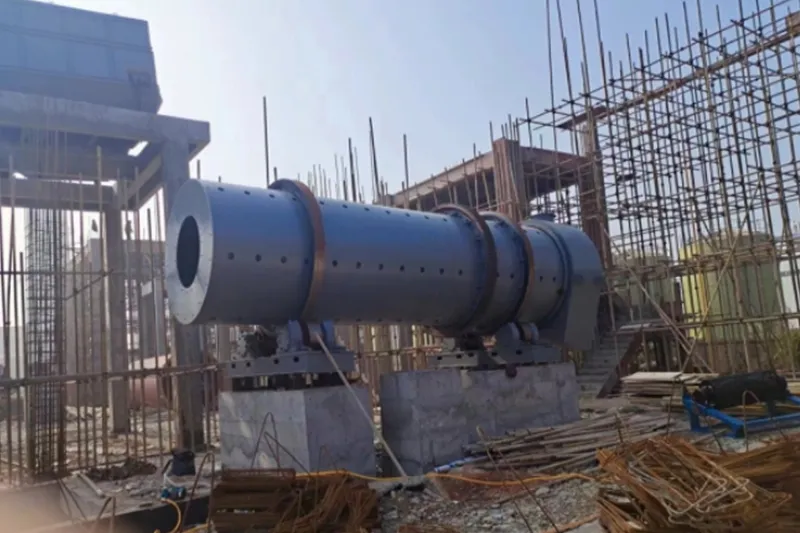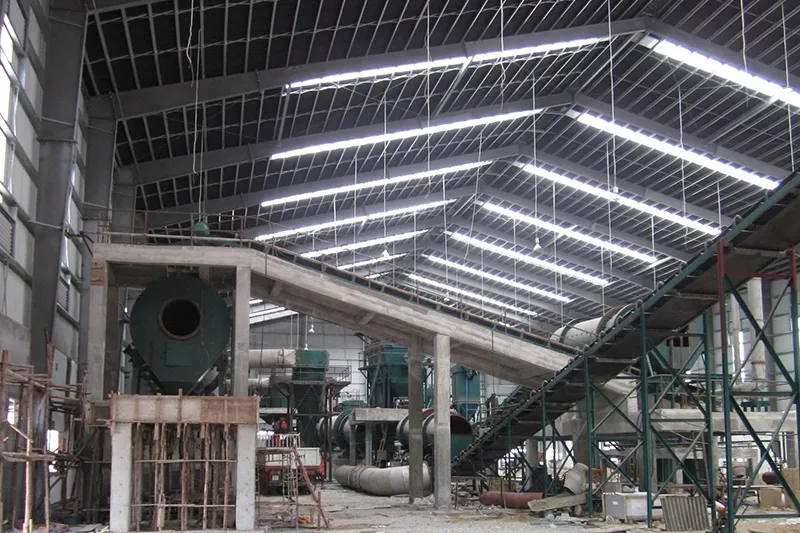Fertilizer Production Line
-
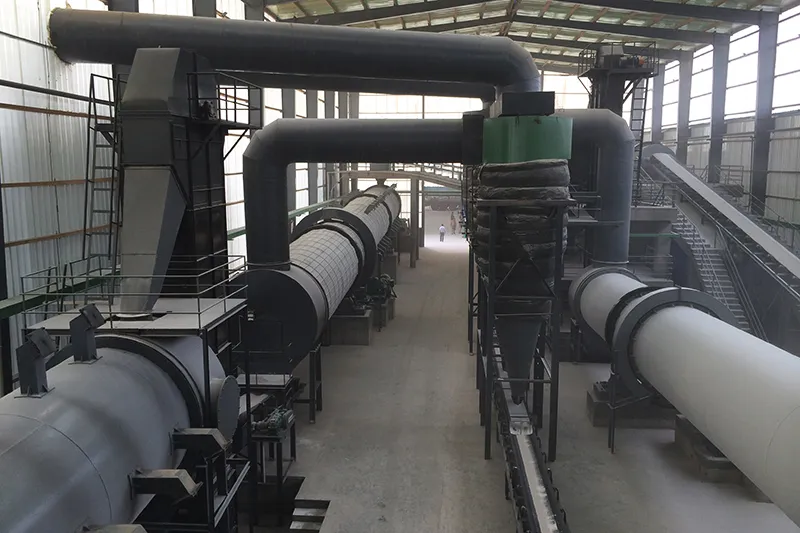
- Compound Fertilizer Production Line The wet granulation process is used for the production of NPK compound fertilizers. It starts with raw materials such as urea, ammonium nitrate, ammonium chloride, ammonium sulfate, phosphate (MAP, DAP), superphosphate, and potassium chloride (or potassium sulfate).
-
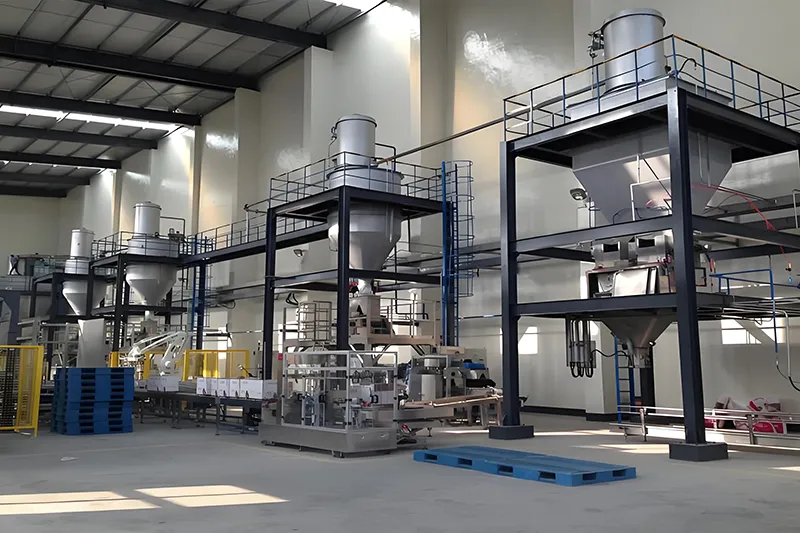
- Bulk Blending Fertilizer Production Line The bulk blending process, also known as the BB fertilizer production process, involves transporting raw materials like nitrogen, phosphorus, potassium, and fillers to separate storage bins.
-
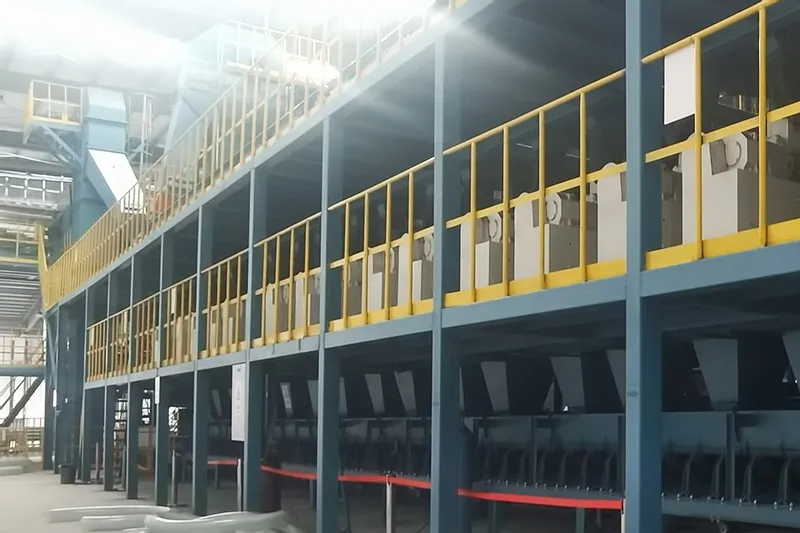
- Compacted Fertilizer Production Line The compaction granulation process is a dry granulation method where pre-mixed materials are fed between two rollers rotating in opposite directions. Under the force of intense pressure, the materials are compacted into solid sheets.
-
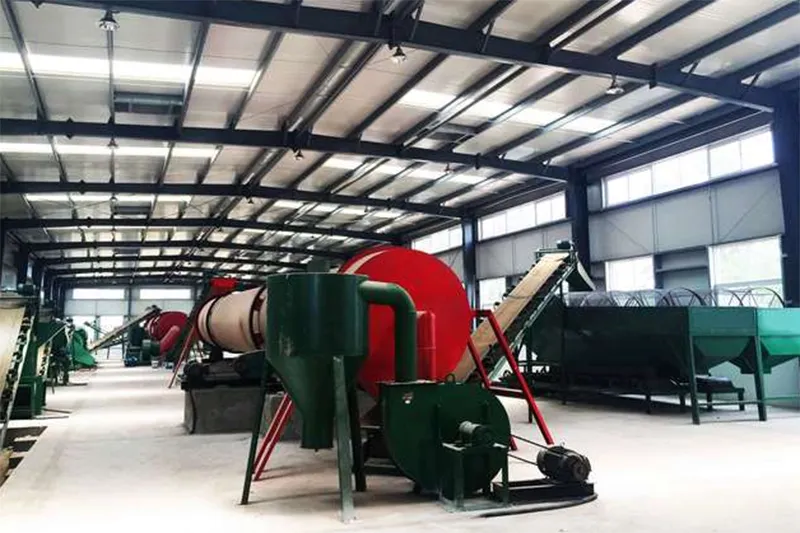
- Organic Fertilizer Production Line Once the compost materials arrive at the composting yard, they are weighed and sent to the mixing and stirring equipment. A diluted solution of organic fermentation bacteria is then evenly sprayed onto the materials, which are thoroughly mixed.
-
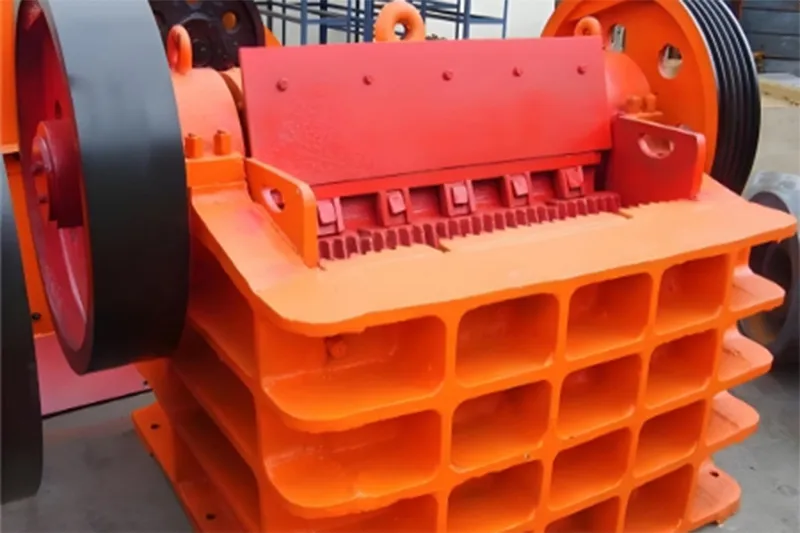
- Single Super Phosphate Fertilizer Production Line The production of single super phosphate (SSP) starts by crushing phosphate rock into smaller particles and grinding it to increase its surface area, which helps in the chemical reaction. The finely ground phosphate is then mixed with sulfuric acid in a carefully measured ratio to trigger an acid-base reaction.
-
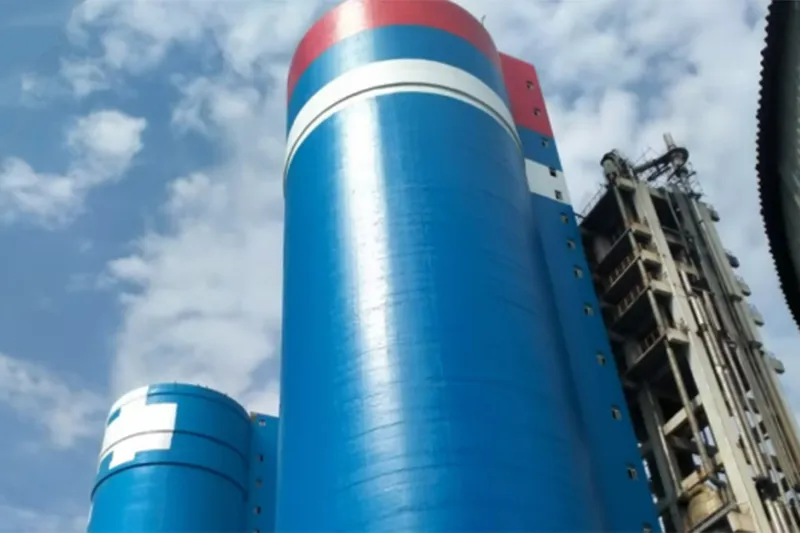
- Tower Mixed Fertilizer Production Line Tower blending is a widely used process for producing compound fertilizers through a molten-state system. Solid urea or ammonium nitrate is heated until it melts, or molten urea can be used directly after concentration.
-
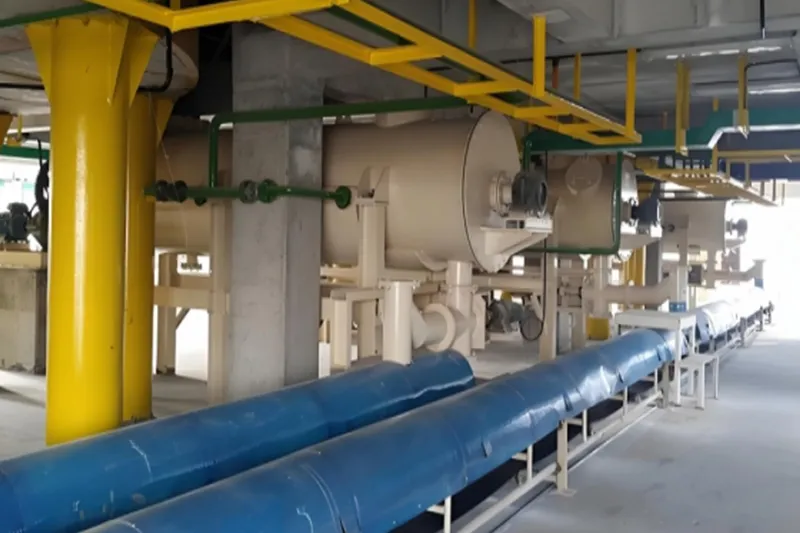
- Potassium Sulfate Fertilizer Production Line Potassium sulfate fertilizer production utilizes the Mannheim process, where potassium chloride and concentrated sulfuric acid react at high temperatures. Inside the double layer Mannheim furnace, with rakes to move the mixture, temperatures reach 600-700°C.

